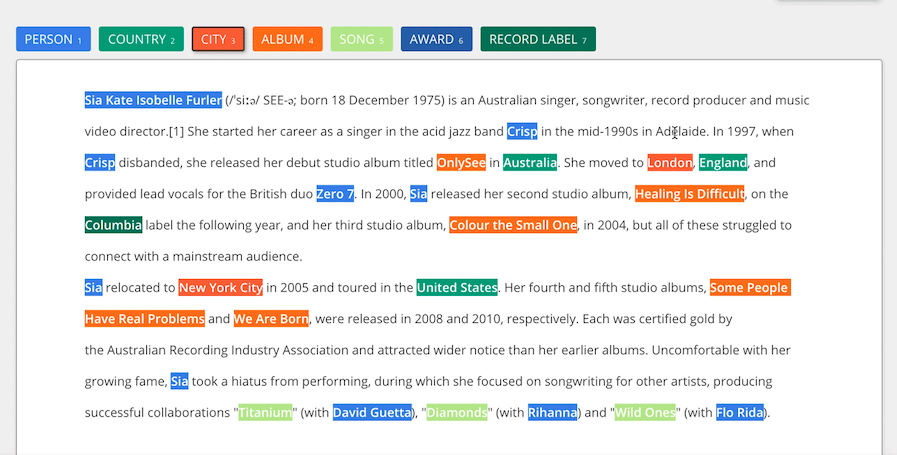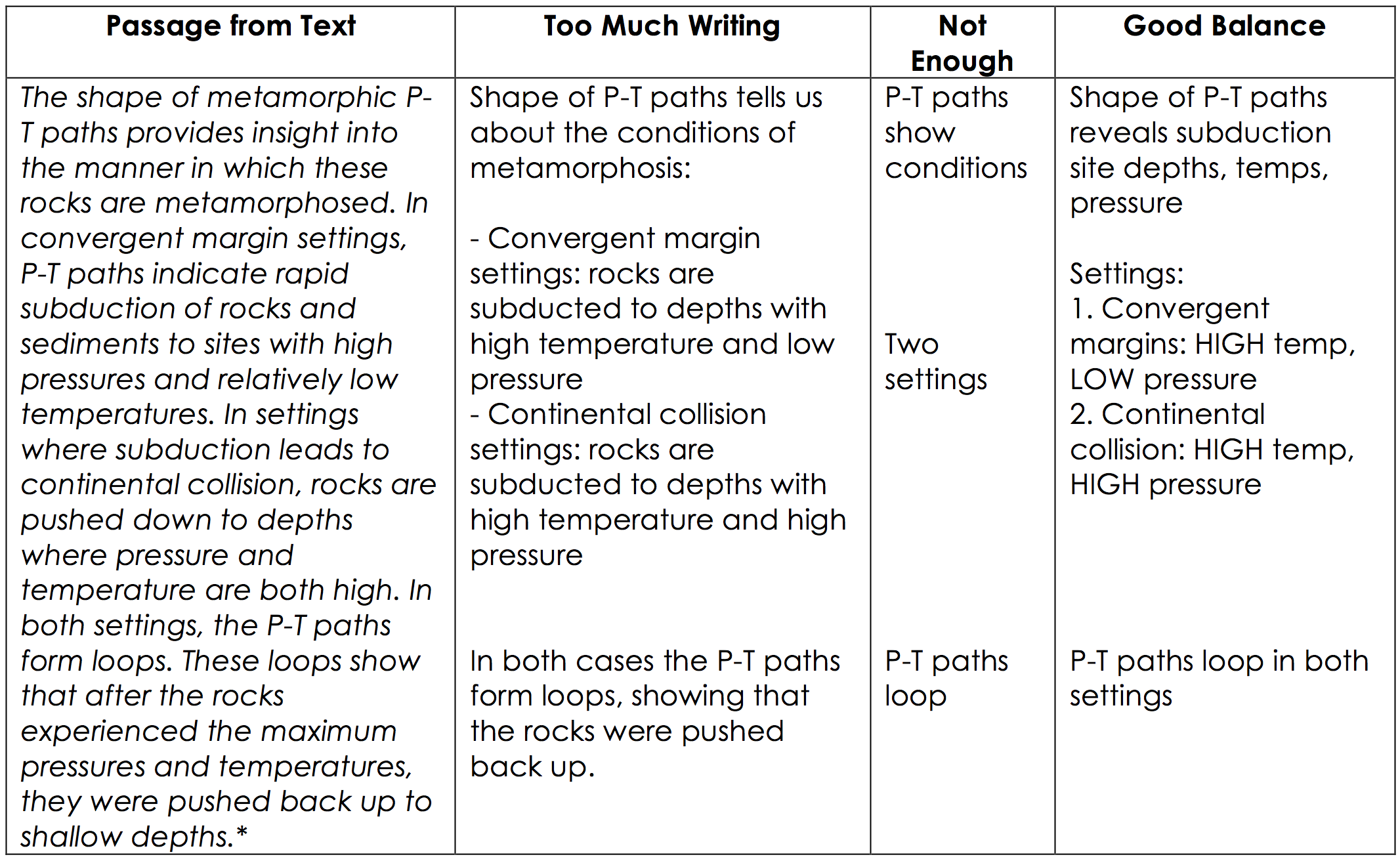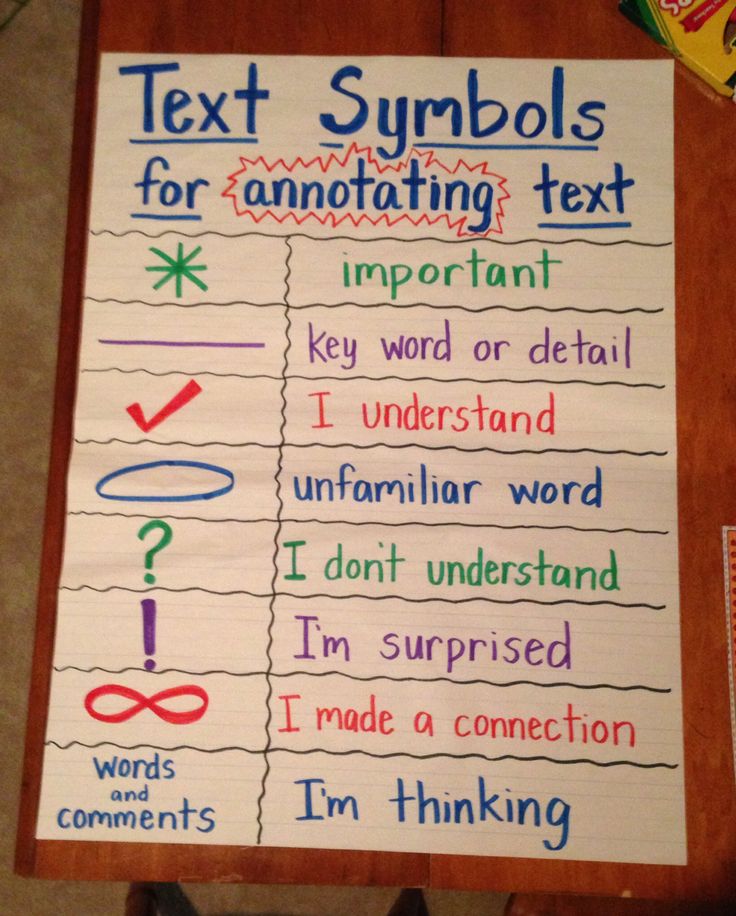Is it shocking to you that your smartphone seems to accurately predict what you’re thinking when you type a text reply? Or, have you ever marveled at the way your questions were answered or the way the customer service staff was simply not human and you got your money back? Well, behind every such astonishing event, there are some concepts at work, such as artificial intelligence, machine learning, and most importantly, NLP (Natural Language Processing) . One of the biggest breakthroughs in modern times is NLP, Machines are gradually evolving to understand how humans converse, express, comprehend, respond, analyze, and even mimic human dialogue and emotion-driven behavior. This concept has had a big impact in the development of chatbots, text-to-speech tools, speech recognition, virtual assistants, and more .
If Alexa or Siri can give wacky answers to our weird questions, it’s because NLP and related technologies like artificial intelligence and machine learning have advanced to the point where they can almost crack the Turing test. Getting here has not been easy, however, and the future won’t be so easy. To push the boundaries, we need to train machine learning modules with more and more data, which can only be achieved with proper data labeling techniques. For the uninitiated, data annotation is the process of labeling data with descriptions or information to make it easy for machines to understand. In terms of NLP, the data labeling technique we apply is called text labeling. Let’s dig a little deeper.
Attention readers! Don’t stop learning now. Master all important machine learning concepts and get ready for industry with the Machine Learning Fundamentals course at a student-friendly price.
What are text annotations?
Text annotation is the identification and labeling of sentences with additional information or metadata to define the characteristics of sentences. Depending on the scope of the project, this information can highlight parts of speech, grammatical syntax, key words, phrases, mood, sarcasm, emotion, and more in a sentence. The machine learning module takes this AI training data and learns aspects of sentences, sentence formation, etc. from it to better understand human conversation. When they learn with properly labeled data, they better mimic human conversation (current virtual assistants). However, feed them poorly labeled data and you’ll find them providing irrelevant, stupid, or misleading responses. This is why text labeling should be done by experts who painstakingly label every aspect of a sentence to ensure that nothing important for the machine to understand and learn is not overlooked. To achieve accuracy, experts deploy different text annotation techniques. what are these? Let’s find out.
5 Types of Text Annotation Techniques in Machine Learning

1. Emotion labeling
Often, human responses tend to be ironic. Especially on websites and reviews, we tend to share our bad experiences with restaurants or hotels with sarcasm and machines that can easily misinterpret them as compliments. If every sarcastic comment was learned by the machine as a compliment, this would completely distort the results. This is why sentiment labeling becomes crucial. This technique specifies the emotion or attitude (in this case sarcasm) behind the sentences, and each sentence is labeled as neutral, positive, or negative.
2. Intent Annotation
This technique differentiates user intent. Different users have different intents when interacting with a chatbot. Some request statements, others order responses to overcharges, some confirm debit money, and so on. In this technique, these different types of desires are categorized by appropriate labels.
3. Entity Annotation
It is the most important text annotation technique used to identify, label and attribute multiple entities in a given text or sentence. We can further decompose entity labeling into the following:
Keyword Tagging – This involves locating and identifying key words in text.
Named Entity Recognition – This involves labeling proper names such as names of people, places, countries, etc.
Part of Speech Tagging – This involves identifying nouns, verbs, adjectives, punctuation marks, prepositions, etc. in a sentence.
4. Text Classification
Otherwise, known as document classification or text classification, annotators read large numbers of paragraphs or sentences and understand the mood, emotion, and intent behind them. They then categorize the text into categories specified by their project based on their understanding. It can be as simple as categorizing a section of an article as entertainment or sports, or as complex as categorizing a product on an eCommerce store.
5. Language tagging
Linguistic annotation involves everything we have discussed so far, but the only difference is that the annotation process is done on linguistic data. Therefore, the technique involves an additional type of annotation called phonetic annotation, where intonation, natural pauses, stress, etc. are also marked.

in conclusion
Hence, these are different types of text annotation techniques. We believe you now have a better understanding of how a simple application of NLP performs so accurately on our smartphones. As projects become more complex, textual data sources and labels become equally complex. That’s why it’s important to work with data annotation experts to obtain the most accurate AI training data for your modules.
